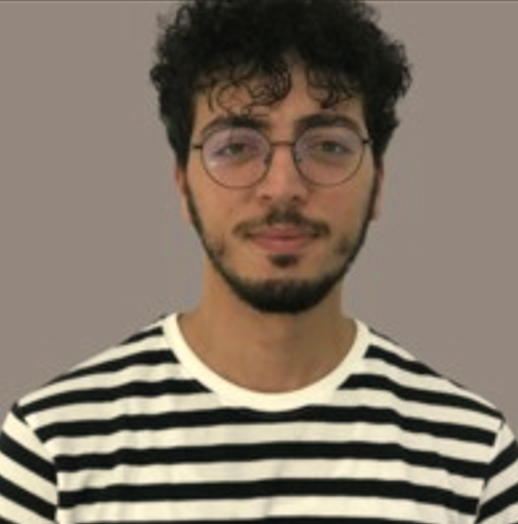2021
Project: The Aesthetics of the Margin: Vernacular Art Communities, Curious Dealers, Unorthodox Art Consumers and Alternative Visualities
Farouk El Maarouf
(PhD candidate, Kénitra/Morocco )
Freshly graduated from the Center of Moroccan Cultural Studies at Sidi Mohamed Ben Abdellah University, Fez, Farouk El Maarouf is currently a PhD candidate at Ibn Tofail University working on vernacular art communities in Morocco. El Maarouf received a study grant from ERASMUS+ at Babes-Bolyai University, Romania (2020) where he attended British and Irish Cultural Studies classes. His latest (2020) co-publications include “City as Canvas: Street Art(ists), Walls and the City between State Patronage and Artistic Transformation”, Matatu: Journal for African Culture and Society, Brill, and a theoretical piece on COVID-19 titled “Covid-19: A Critical Ontology of the Present”, Educational Philosophy and Theory 53:1, Routledge. El Maarouf’s academic research engages several thematic fields within Cultural Studies, including alternative economies, risk society, local art markets and treasure hunting in Morocco, gender politics, street art, Maghribian literature, diaspora studies, and youth and activism

Project Aesthetics & Cultural Practice
This research project departs from the contemporary cultural, social and political history of Morocco to generate an adequate discussion on the meanings and implications of seeing (visualizing) in the domain of art and culture. In addressing questions of visuality and perception, we need to ask preliminary questions as to who is entitled to seeing. Whose eye? Who/what deserves to be the subject/object of the look? Who sees better? What does it mean to see in a context fraught with turmoils and tensions? Keeping an eye on the importance of, and the ways of seeing, nonetheless, this research builds on the narratives of beauty/treasure hunters who do not see haven in orthodox ways of living gain. Indeed, this research rightly situates the discussion on the present and future of art circulation and the various underprivileged practitioners that contribute to the movement of art (across classes, cultural folds, and social loops). As it is important to come closer to the communities that operate therein, this research studies how different movements and flows affect the perception of the locals (and the perception of locals by onlookers) of categories such as beauty, aesthetics, happiness, and ethics, that, in return, borrow from and resonate with the popular (everyday) preoccupations, fears and future inspirations of the vulnerable communities involved.
